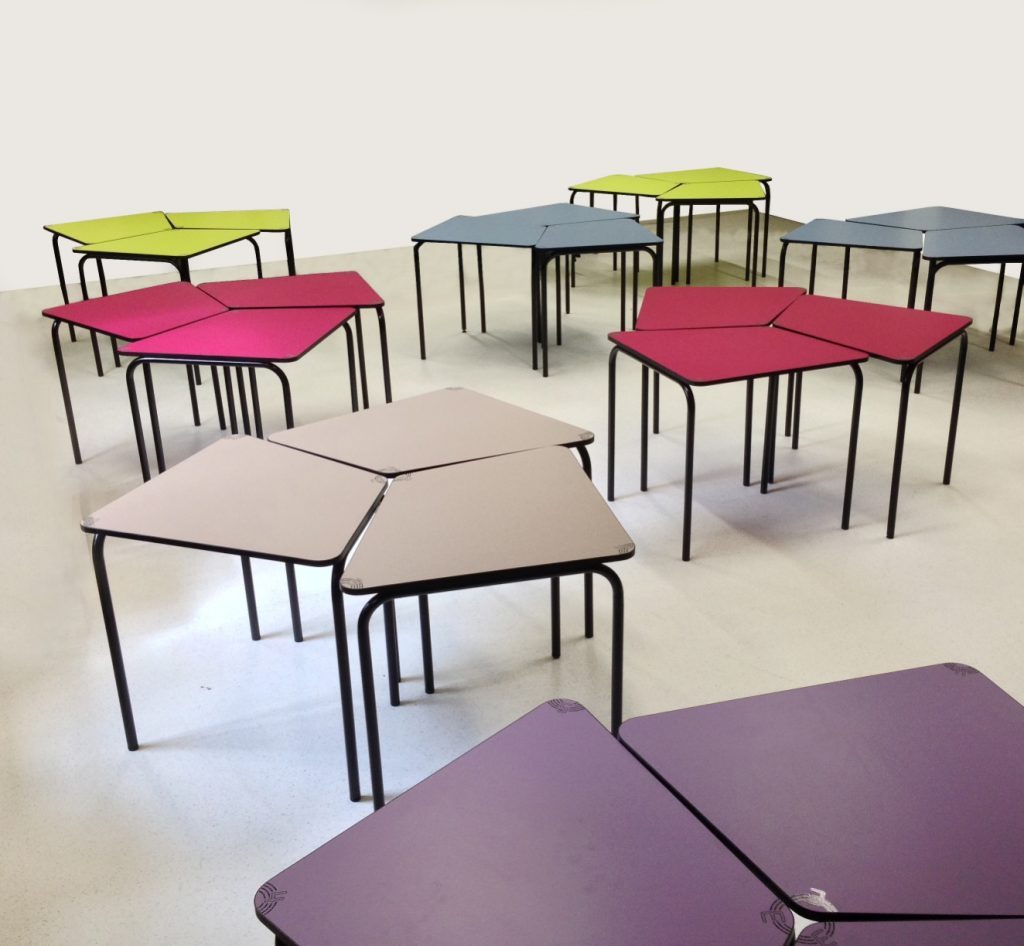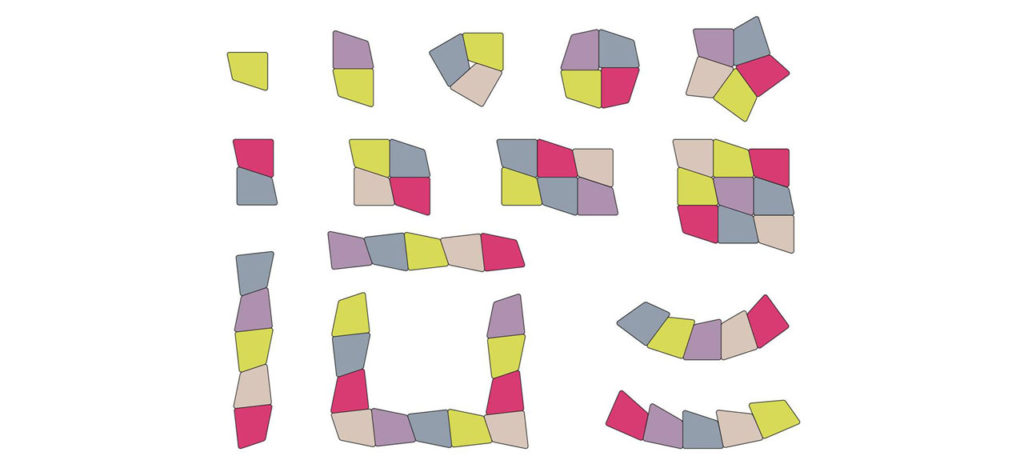Taking up where we left off in our last article, today we will be sharing a few tips on how to set up dynamic learning.

- Suggest regular breaks
You can suggest taking short breaks. The aim is to encourage pupils to talk about what they’ve understood, at their own level. They exchange their, sometimes divergent, points of view. - Adapt lessons to pupils’ needs
At the end of each lesson, it may be worthwhile asking a few questions. Get the pupils to put down their answers in writing. This will quickly tell you what the pupils have not or only partially understood, allowing you to adapt the following lesson. - Encourage exchanges with the pupils
Before starting each lesson, it may be useful to prepare targeted questions. This means regularly involving the pupils, asking them to interact with you. Teaching becomes dynamic, classes become more interesting and more effective. - Use visual aids
To attract pupils’ attention, use visual aids such as graphics, word clouds, maps, etc. Classroom discussions that rely on visual aids are an effective way to sum up information. - Encourage group work
Start with personal reflection, then work in small groups, and finally a reporting of the findings to the entire class. This kind of work between team members aims to empower the pupils to report back to other pupils. - Use case studies
The case study is a good way to have pupils work in groups on a concrete case, keeping them interested. - Get out of the classroom
Also remember to carry out work or lessons outside the classroom. Pupils need movement and to be put in a real-life situation.

We will see in a future article what school furniture to choose to foster dynamic teaching.
Source: Café pédagogique de Manuel Dias
